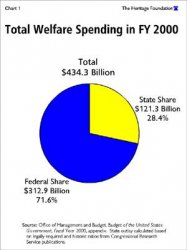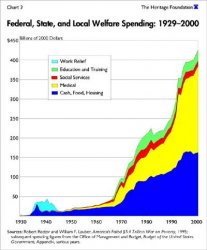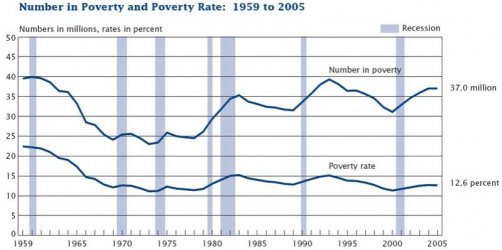the 5 years before retirement is NOT the time to worry about growth. it is the time to worry about preservation of capital. A shift from the pursuit of 10% growth or better to a pursuit of 6-8% returns is a wise and prudent strategy.
That assumes someone already has a sufficient portfolio for retirement, in which case they don't need to wait 5 years to retire. Few people are lucky enough to be in that situation.
Even someone in retirement may need more in stocks IMO, for the portfolio to both generate sufficient return and keep up with inflation.
If you got $10 million, you're in a different category but relatively few will be so lucky.
It has absolutely nothing to do with 'luck', it has to do with being responsible for yourself and planning and making sure your own future is financially sound and taken care of.
Or inheret $10 million from a family member. Luck.




